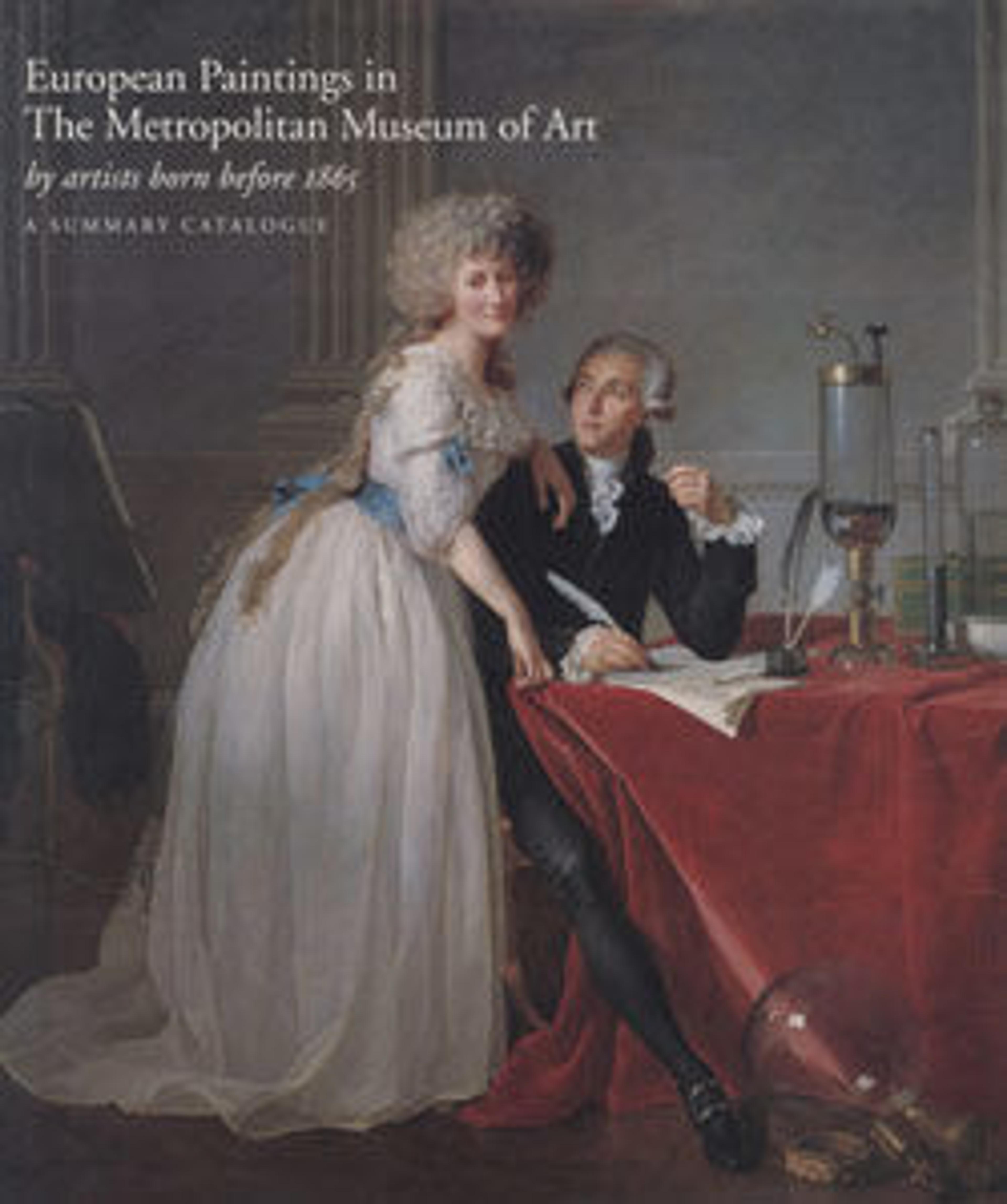Madonna and Child with Angels
Although badly damaged, this picture is a rare work by one of the greatest painters of the early fifteenth century. Gentile was born in the town of Fabriano, in the Marches, but his work was in demand from Milan to Rome. He painted this work in Venice, where together with Pisanello he was engaged in the decoration of the Doges Palace. It may be the center of an altarpiece, since the child turns as though to bless an unseen figure. As Queen of Heaven, the Virgin is seated on a throne; the plants that have overgrown it allude to her humility (humus, the latin root of humble, means earth). Astonishing at this date—ca. 1410—is the delicate naturalism of the child, the attentive description of the plants, and the rythmic folds of the drapery, which confer an effect of incipient movement. No Venetian painter was untouched by these novelties.
The small angels in the foreground hold a scroll inscribed with an Easter antiphon to the Virgin.
The photograph to the right shows the extent of the losses.
The small angels in the foreground hold a scroll inscribed with an Easter antiphon to the Virgin.
The photograph to the right shows the extent of the losses.
Artwork Details
- Title: Madonna and Child with Angels
- Artist: Gentile da Fabriano (Gentile di Niccolò di Giovanni di Massio) (Italian, Umbrian, active by 1408–died 1427)
- Medium: Tempera on wood, traces of gold ground
- Dimensions: 33 3/4 x 20 in. (85.7 x 50.8 cm)
- Classification: Paintings
- Credit Line: Theodore M. Davis Collection, Bequest of Theodore M. Davis, 1915
- Object Number: 30.95.262
- Curatorial Department: European Paintings
More Artwork
Research Resources
The Met provides unparalleled resources for research and welcomes an international community of students and scholars. The Met's Open Access API is where creators and researchers can connect to the The Met collection. Open Access data and public domain images are available for unrestricted commercial and noncommercial use without permission or fee.
To request images under copyright and other restrictions, please use this Image Request form.
Feedback
We continue to research and examine historical and cultural context for objects in The Met collection. If you have comments or questions about this object record, please complete and submit this form. The Museum looks forward to receiving your comments.
